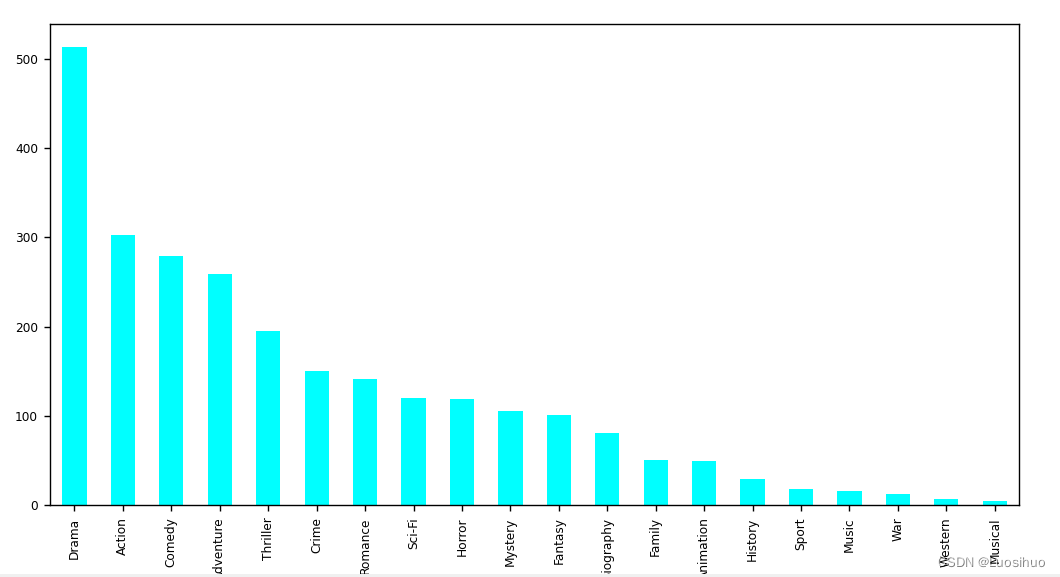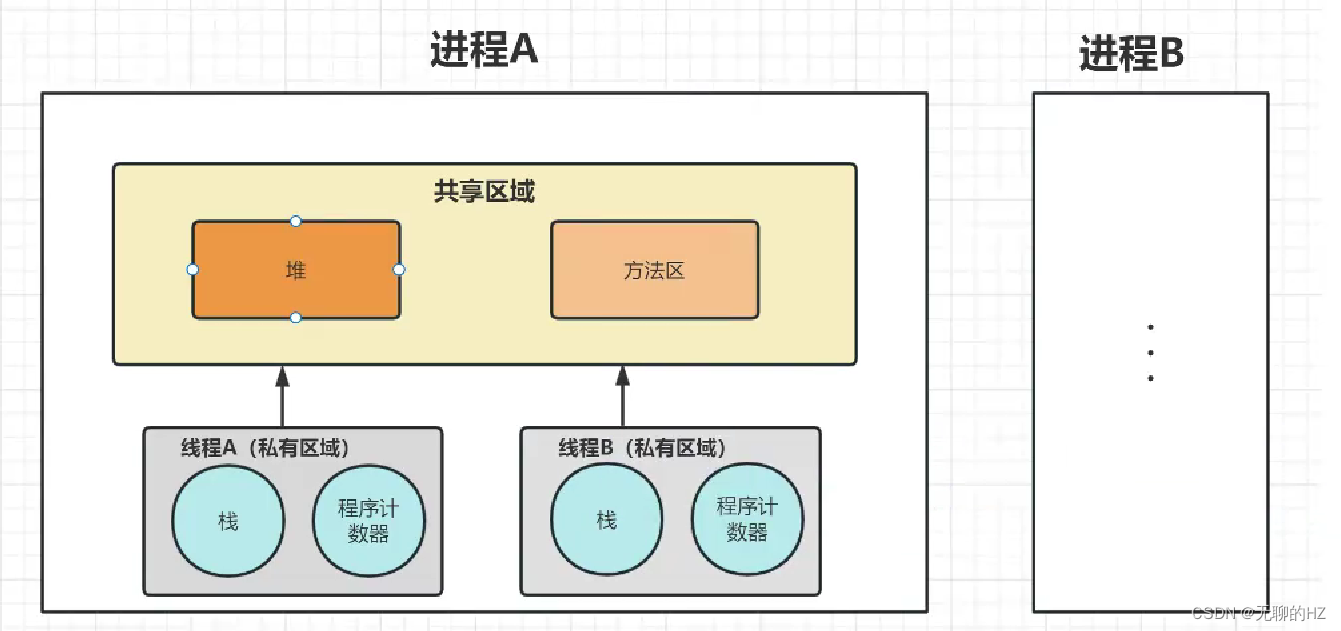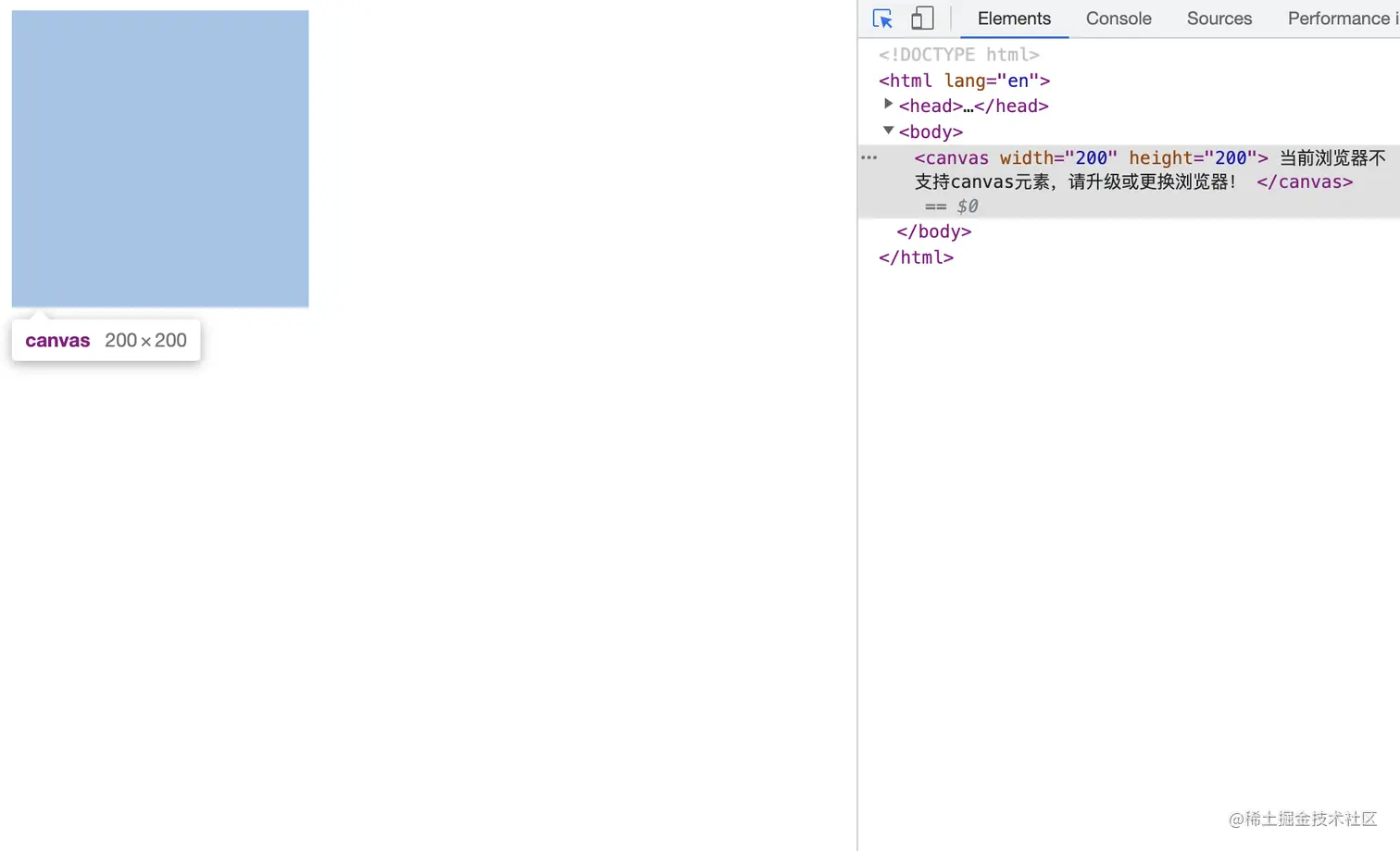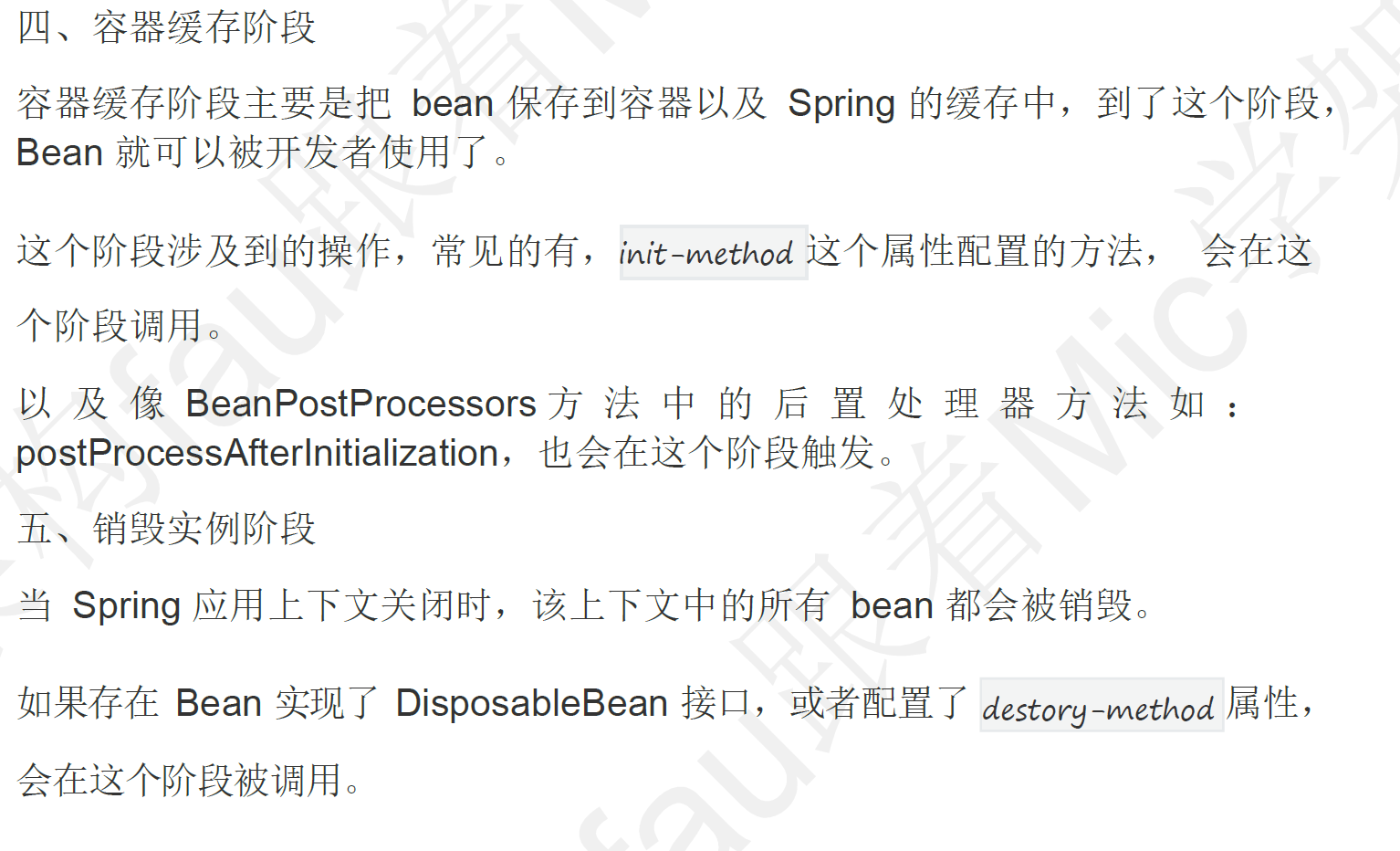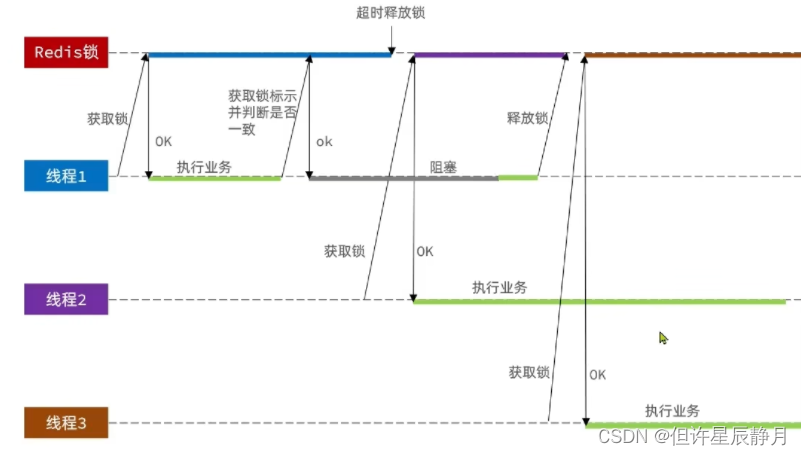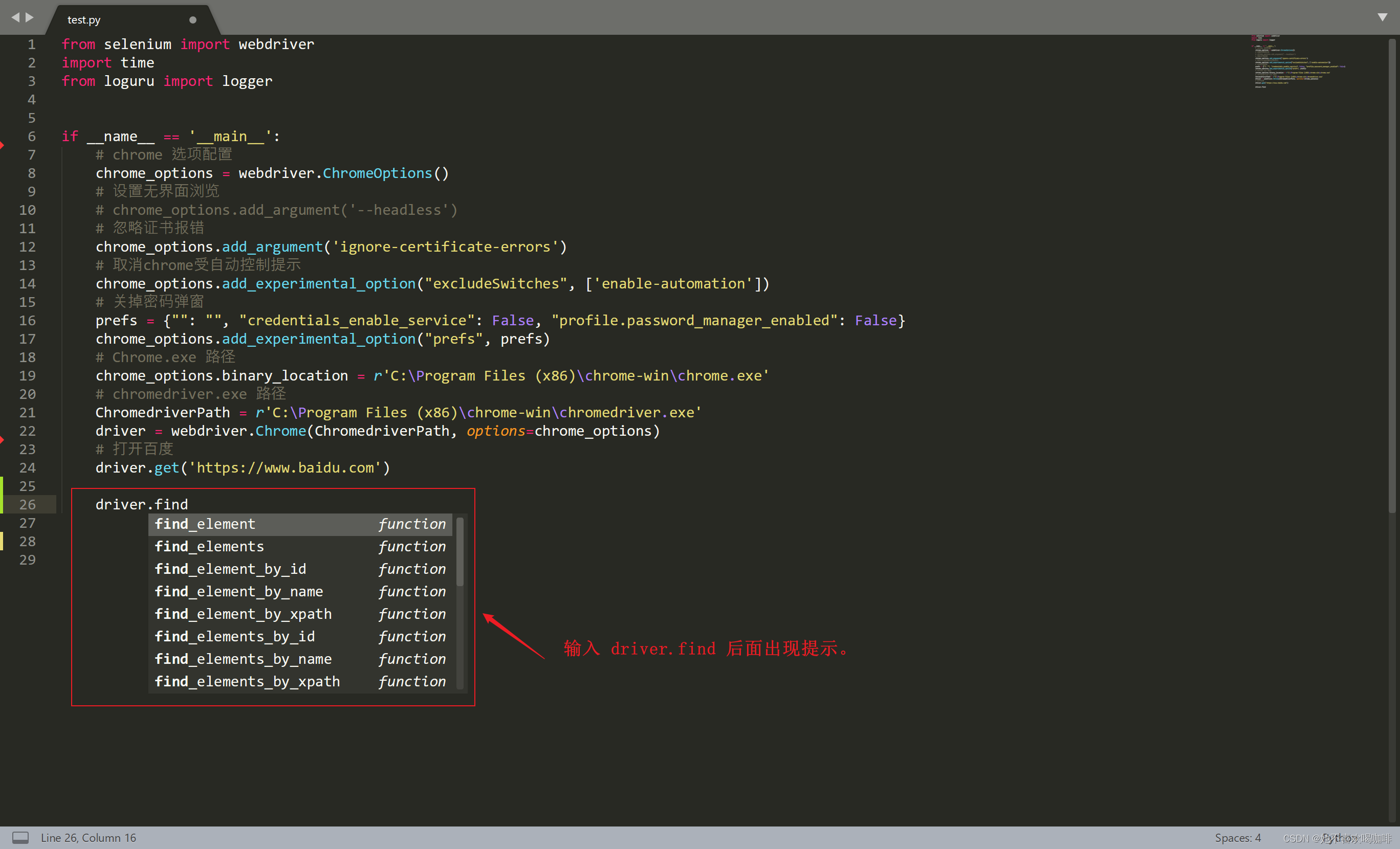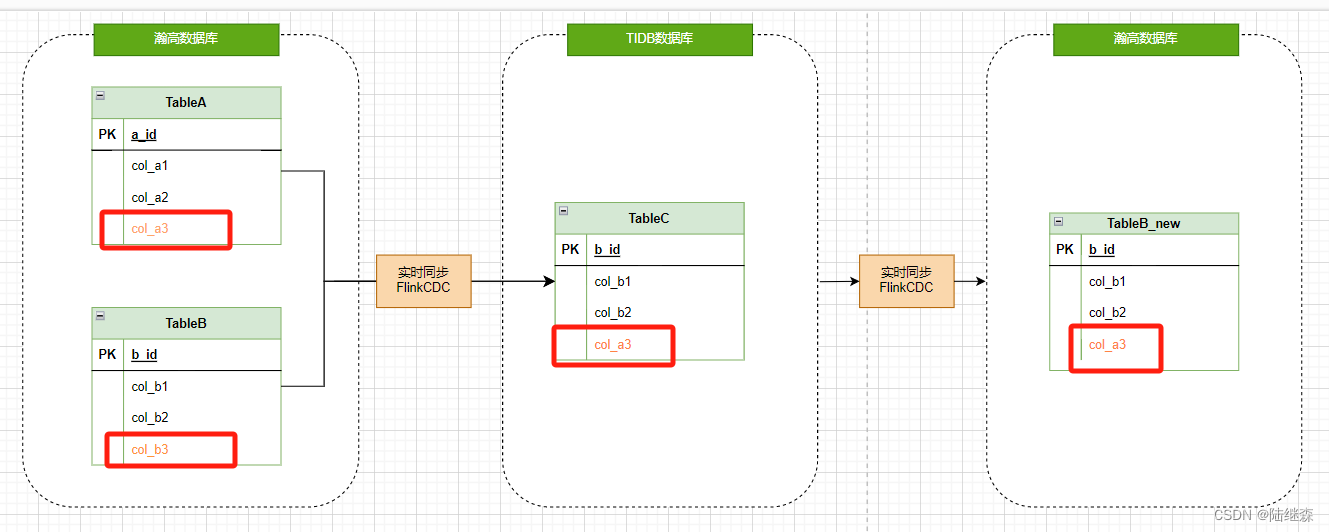文章目录
- 前言
- 1. 链表的概念及结构
- 1.1在链表里,每节“车厢”是什么样的呢?
- 1.2为什么还需要指针变量来保存下⼀个节点的位置?
- 2. 单链表的实现
- 1. 定义结构体`(Seqlist)`
- 2. 打印函数`(SLTPrint)`
- 小插曲,创建节点函数`CreateNode`
- 3. 尾插函数 `(SLTPushBack)`
- 4. 头插函数 `(SLTPushFront)`
- 5. 尾删函数(`SLTPopBack`)
- 6. 头删函数(`SLTPopFront`)
- 小插曲,pos查找函数` SLTFind`
- 7. “插入指定位置前”函数(`SLTInster`)
- 8.“删除指定位置后”函数
- 9.销毁单链表函数`SLTDestroy`
- 结语
前言
“我会定期分享我的学习经验,也欢迎大家留言和交流,让我们共同学习和进步!感谢大家的支持,让我们一起开启这段充满技术乐趣的旅程吧!”
1. 链表的概念及结构
概念:链表是⼀种物理存储结构上非连续、非顺序的存储结构,数据元素的逻辑顺序是通过链表中的指针链接次序实现的

链表的结构跟火车车厢厢相似,淡季时车次的车厢会相应减少,旺季时车次的车厢会额外增加几节。只需要将火车里的某节节厢去掉/加上,不会影响其他车厢,每节车厢都是独立存在的。
车厢是独里存在的,且每节车厢都有车门。想象⼀下这样的场景,假设每节车厢的车门都是锁上的状态,需要不同的钥匙才能解锁,每次只能携带⼀把钥匙的情况下如何从车头走到车尾?
最简单的做法:每节车厢里都放⼀把下一节车厢的钥匙。
1.1在链表里,每节“车厢”是什么样的呢?

与顺序表不同的是,链表⾥的每节"车厢"都是独立申请下来的空间,我们称之为“结点/节点”,节点的组成主要有两个部分:当前节点要保存的数据和保存下一个节点的地址(指针变量)。
图中指针变量 plist保存的是第⼀个节点的地址,我们称plist此时“指向”第⼀个节点,如果我们希望plist“指向”第⼆个节点时,只需要修改plist保存的内容为0x0012FFA0。
1.2为什么还需要指针变量来保存下⼀个节点的位置?
链表中每个节点都是独立申请的(即需要插⼊数据时才去申请⼀块节点的空间),我们需要通过指针
变量来保存下⼀个节点位置才能从当前节点找到下⼀个节点。
2. 单链表的实现
1. 定义结构体(Seqlist)
在SList.h头文件中
typedef int SLNDataType;
typedef struct SListNode
{SLNDataType val;struct SList* next;//这里只是指针,不是结构体
}SLNode;
2. 打印函数(SLTPrint)
注意下述代码皆是:
在SList.h头文件中定义函数
在SList.c文件中实现函数
在Test.c文件中函数测试
SeqList.h文件中
定义函数:

SList.c文件中
实现函数:
void SLTPrint(SLNode* phead) //打印单链表
{SLNode* cur = phead;while (cur != NULL){printf("%d->", cur->val);cur=cur->next;}printf("NULL");
}
小插曲,创建节点函数CreateNode
在实现下面的插入函数之前,还需要一个函数来开辟空间给新的节。
函数实现
SLNode* CreateNode(SLNDataType x) //新建节点,开辟空间
{SLNode* newnode = (SLNode*)malloc(sizeof(SLNode));if (newnode == NULL){perror("malloc fail");exit(-1);}newnode->val = x;newnode->next = NULL;return newnode;
}
3. 尾插函数 (SLTPushBack)
定义函数:

实现函数:
void SLTPushBack(SLNode** pphead, SLNDataType x) //尾插
{SLNode* newnode = CreateNode(x);if (* pphead == NULL){*pphead = newnode;}else{SLNode* tail = * pphead; //找尾while (tail->next != NULL){tail = tail->next; //因为tail是局部变量,而tail->next是结构体,出来作用域tail就销毁了}tail->next = newnode; //所以这里把newnode赋值给tail->next}
}
函数测试:
int main()
{SLNode* plist = NULL;SLTPushBack(&plist, 1);SLTPushBack(&plist, 2);SLTPushBack(&plist, 3);SLTPrint(plist);return 0;
}
运行结果:

4. 头插函数 (SLTPushFront)
定义函数:

实现函数:
void SLTPushFront(SLNode** pphead, SLNDataType x) //头插
{ SLNode* newnode = (SLNode*)malloc(sizeof(SLNode));newnode->next =* pphead;newnode->val = x;*pphead = newnode;
}
函数测试:
int main()
{SLNode* plist = NULL;SLTPushFront(&plist,520 );SLTPushBack(&plist,1);SLTPushBack(&plist,1);SLTPushFront(&plist,520);SLTPrint(plist);return 0;
}
运行结果:

5. 尾删函数(SLTPopBack)
定义函数:

实现函数:
void SLTPopBack(SLNode** pphead) //尾删
{assert(pphead);assert(*pphead);if ((*pphead)->next== NULL){free(*pphead);*pphead = NULL;}else{SLNode* prev = NULL;SLNode* tail = *pphead;while (tail->next != NULL){prev = tail;tail = tail->next;}free(tail);tail = NULL;prev->next = NULL;}
}
函数测试:
int main()
{SLNode* plist = NULL;SLTPushFront(&plist,520 );SLTPushBack(&plist,1314);SLTPushBack(&plist,00544);SLTPopBack(&plist);SLTPrint(plist);return 0;
}
运行结果:

6. 头删函数(SLTPopFront)
定义函数:

实现函数:
void SLTPopFront(SLNode** pphead) //头删
{assert(*pphead);SLNode* tail = *pphead;tail = tail->next;free(*pphead);*pphead = tail;
}
函数测试:
int main()
{SLNode* plist = NULL;SLTPushFront(&plist,5201314);SLTPushBack(&plist,00544);SLTPushBack(&plist,44944);SLTPopFront(&plist);SLTPrint(plist);return 0;
}
运行结果:

小插曲,pos查找函数 SLTFind
用来确定pos位置,方便后面调用
实现函数:
SLNode* SLTFind(SLNode** pphead, SLNDataType x) //pos的查找函数
{assert(pphead);SLNode* cur = *pphead;while (cur){if (cur->val == x){return cur;}cur = cur->next;}return NULL;
}
7. “插入指定位置前”函数(SLTInster)
定义函数:

实现函数:
void* SLTInster(SLNode** pphead, SLNode* pos, SLNDataType x) //指定位置前面插入
{assert(pos);assert(pphead);assert(*pphead);SLNode* node = CreateNode(x);if (*pphead == pos){node->next = *pphead;*pphead = node;}SLNode* cur = *pphead;while (cur->next != pos){cur = cur->next;}cur->next = node;node->next = pos;
}
函数测试:
int main()
{SLNode* plist =NULL;SLTPushBack(&plist,1);SLTPushBack(&plist,2);SLTPushBack(&plist,3);SLNode* Find = SLTFind(&plist, 3);SLTInster(&plist,Find,123);SLTPrint(plist);return 0;
}
运行结果:
如同在第一个值为3的节点前面插入了123;

8.“删除指定位置后”函数
定义函数:

实现函数:
void* SLTEraseAfter(SLNode* pos) //指定位置后面删除
{assert(pos && pos->next);SLNode* del = pos->next;pos->next = del->next;free(del);
}
函数测试:
int main()
{SLNode* plist =NULL;SLTPushBack(&plist,520);SLTPushBack(&plist,2);SLTPushBack(&plist,520);SLNode* Find = SLTFind(&plist, 2);SLTEraseAfter(Find);SLTPrint(plist);return 0;
}
运行结果:
如图在第一个值为520的节点后面删除了小3;

9.销毁单链表函数SLTDestroy
定义函数:

实现函数:
void SLTDestroy(SLNode** pphead) //销毁单链表
{assert(pphead);SLNode* cur= *pphead;while (cur){SLNode* next = cur;free(cur);cur = next;}*pphead = NULL;
}
测试函数:
int main()
{SLNode* plist =NULL;SLTPushBack(&plist,1);SLTPushBack(&plist,2);SLTPushBack(&plist,3);SLTDestroy(&plist);return 0;
}
结语
感谢您阅读我的博客,我希望您能从中获得一些启发和帮助。如果您喜欢这篇博客,请分享给您的朋友,也欢迎留下您的评论和反馈。您的支持是我继续分享和创作的动力。谢谢!希望我们能在未来的博客中再次相见。祝您一切顺利,期待与您再次相会!

